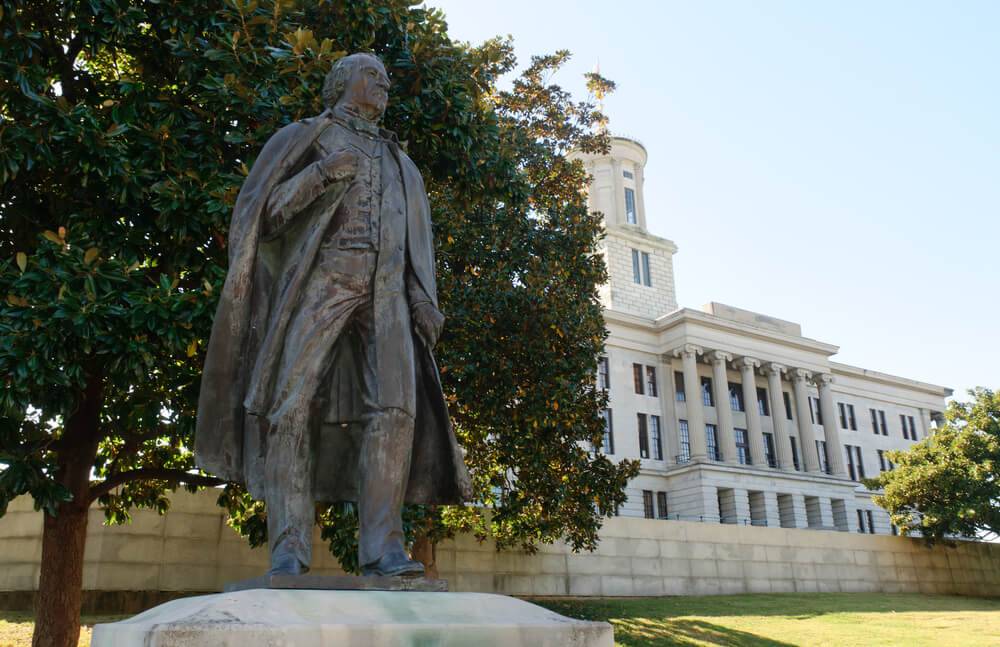There is no universal consensus on the turning point of the American Civil War. However, it is common for people to point to the Battle of Gettysburg and the conclusion of the Siege of Vicksburg, both of which happened in early July of 1863.
The Battle of Gettysburg stopped Confederate General Robert E. Lee’s northward invasion. Meanwhile, the Siege of Vicksburg completed the Anaconda Plan. This strategic move called for a Union blockade of Confederate ports and a Union advance via the Mississippi River that cut the Confederacy in two.
Still, despite the Union’s clear upper hand, more hard fighting was to come as the Ceasefire Agreement of the Confederacy didn’t happen until 1865.
For a lot of people, this part of the American Civil War is most associated with Confederate General Robert E Lee’s surrender to Union General Ulysses S. Grant on April 9 in Appomattox County.
Lee was heading to North Carolina following his retreat from the Confederate capital of Richmond, VA, but was cut off by General Philip Sheridan. He made one last attempt to break through the Union’s army, thinking he was facing just some light cavalry.
However, when Lee realized that Sheridan’s light cavalry was backed by two infantry corps, he had no choice but to surrender. In turn, this triggered a series of surrenders throughout the South, thus bringing an end to four years of fighting.
However, more important events were to come before U.S. President Andrew Johnson made the formal declaration of the end of the American Civil War on August 20 of 1866.
For instance, Johnson had become president because his predecessor U.S. President Abraham Lincoln, had been assassinated on April 14. Meanwhile, Confederate President Jefferson Davis met with his Cabinet for the last time on May 5, which resulted in the official dissolution of the Confederate government. After which, he was caught by Union forces on May 10, thus removing one more loose end.
By the time that Johnson made his formal declaration, it was clear that the Union had come out as the victor of the American Civil War beyond even the slightest shadow of a doubt.

